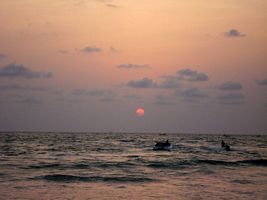Belgaum Tourism
Search related to Karnataka Tourism

Belgaum, also known as Belagavi, is a city located in the Indian state of Karnataka. It is situated in the northern part of the state and is the fourth-largest city in Karnataka. Belgaum has a rich history, diverse culture, and is known for its scenic beauty.
History
Belgaum has a rich history dating back to the ancient times. The city was ruled by various dynasties including the Chalukyas, Rashtrakutas, Yadavas, Bahamanis, and Marathas. It was under the rule of the Vijayanagara Empire in the 14th century and later came under the rule of the Adil Shahi dynasty of Bijapur. In the 17th century, it was annexed by the Mughal Empire and later became a part of the Maratha Empire. It was also ruled by the British in the 19th and 20th centuries. The city played a crucial role in the Indian freedom struggle and was the venue for the first session of the Indian National Congress in 1924.
Geography
Belgaum is located in the northern part of Karnataka and is situated at an altitude of 732 meters above sea level. It is surrounded by the Western Ghats on the east and the Arabian Sea on the west. The city is spread over an area of 58.23 square kilometers and is located at the confluence of the rivers Krishna and Ghataprabha.
Demographics
Belgaum has a population of approximately 5 lakh people, according to the 2011 census. The city has a literacy rate of 80.32% and is home to people from various communities and religions. The major languages spoken in the city are Kannada, Marathi, and Hindi.
Economy
Belgaum is an important commercial and industrial hub in Karnataka. It is known for its handloom and cotton industries, which are major contributors to the local economy. The city is also home to various small and medium-scale industries, including the automotive, agro-based, and pharmaceutical industries. The city is well-connected to other parts of the state and the country through a well-developed transportation network.
Culture
Belgaum has a diverse culture influenced by various dynasties that ruled the region in the past. The city has a mix of Marathi and Kannada cultures and is home to people from various communities and religions. The city is known for its unique cuisine, which includes dishes like Jowar Bhakri, Thalipeeth, and Vangi Bath. The city also has a rich tradition of folk art forms like Yakshagana, Kunita, and Dollu Kunitha.
Tourism
Belgaum is known for its scenic beauty and historical significance. The city has various tourist attractions, including:
- Belgaum Fort: The Belgaum Fort was built in the 13th century and is one of the major tourist attractions in the city. The fort has a rich history and offers a panoramic view of the city.
- Gokak Falls: The Gokak Falls is a beautiful waterfall located on the Ghataprabha River. The falls are located at a distance of 60 kilometers from Belgaum and are a popular picnic spot.
- Vajrapoha Falls: The Vajrapoha Falls is a picturesque waterfall located near the town of Kankumbi. The falls are surrounded by dense forests and are a popular destination for trekkers.
- Kapileshwara Temple: The Kapileshwara Temple is a popular temple dedicated to Lord Shiva.
- State :
- Karnataka
How to Reach Belgaum
Complete List of Tehsils in Belgaum District, Karnataka
| S.No | Tehsil / Taluk Name | District Name | State Name |
|---|---|---|---|
| 1 | Athani | Belgaum | Karnataka |
| 2 | Athni | Belgaum | Karnataka |
| 3 | Bailhogal | Belgaum | Karnataka |
| 4 | Bailhongal | Belgaum | Karnataka |
| 5 | Belgaum | Belgaum | Karnataka |
| 6 | Chikodi | Belgaum | Karnataka |
| 7 | Gokak | Belgaum | Karnataka |
| 8 | Hukeri | Belgaum | Karnataka |
| 9 | Khanapur | Belgaum | Karnataka |
| 10 | Londa | Belgaum | Karnataka |
| 11 | Parasgad | Belgaum | Karnataka |
| 12 | Raibag | Belgaum | Karnataka |
| 13 | Ramdurg | Belgaum | Karnataka |
| 14 | Raybag | Belgaum | Karnataka |
| 15 | Sampgaon | Belgaum | Karnataka |
| 16 | Saundatti | Belgaum | Karnataka |
Discover Exciting Places to Visit in Agra, Uttar Pradesh - Your Ultimate Travel Guide
Are you ready to explore the wonders of Agra, Uttar Pradesh? From the majestic Taj Mahal to hidden gems waiting to be discovered, our travel guide unveils the most captivating
Explore Exciting Places to Visit in Mumbai, Maharashtra - Your Ultimate Travel Guide
Ready for an adventure? Mumbai, in the beautiful state of Maharashtra, is packed with amazing places waiting to be explored! From iconic landmarks to hidden gems, Mumbai has something for
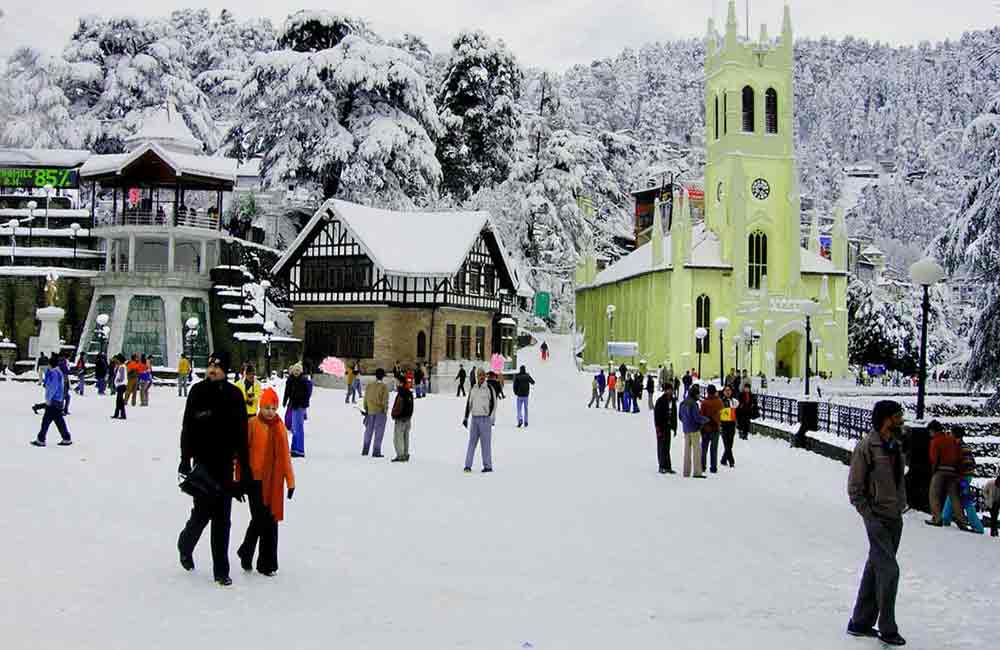
Explore the Wonderful Places to Visit in Manali, Himachal Pradesh - Your Ultimate Guide!
Ready for an exciting adventure? Discover the places to visit in Manali, Himachal Pradesh! From snowy mountains to lush valleys, there's something for everyone. Plan your trip now and explore
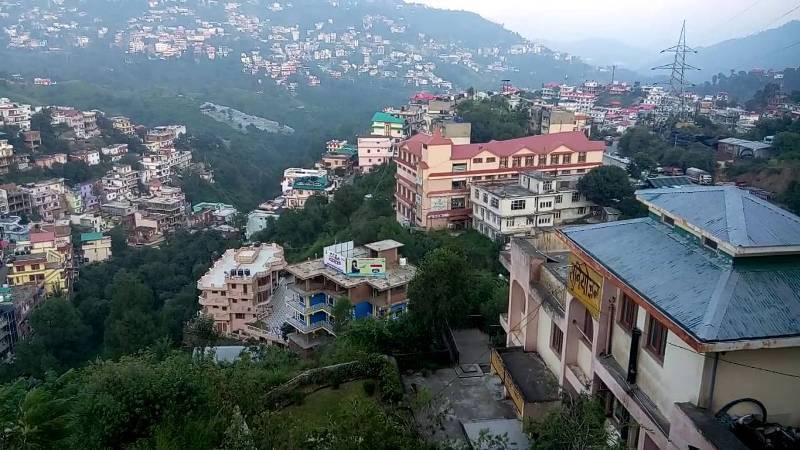
Places to Visit in Solan Himachal Pradesh - Explore the Best Tourist Spots
Discover the enchanting beauty of Solan Himachal Pradesh by exploring its myriad tourist spots. Whether you're seeking adventure or tranquility, Solan has something for everyone. From lush green valleys to
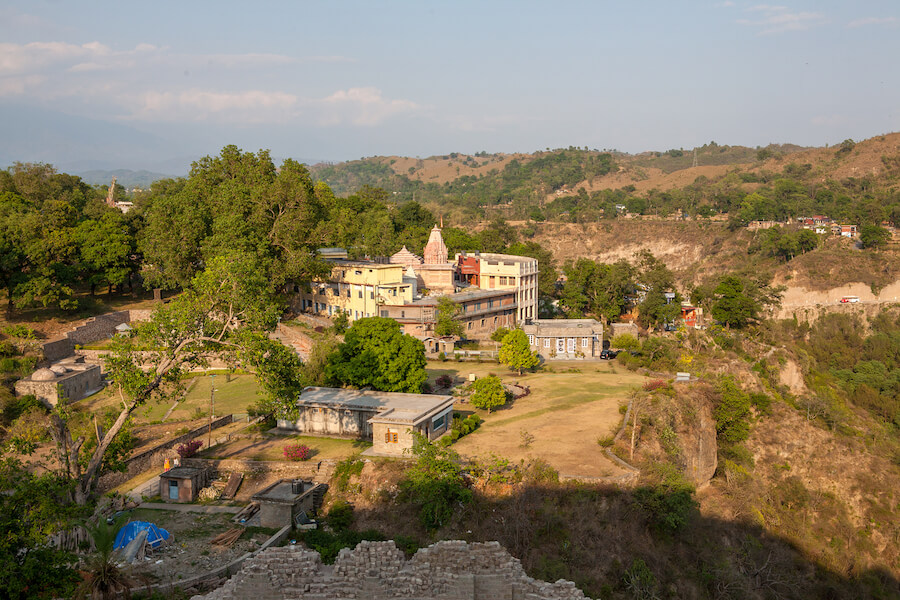
Discover the Best Places to Visit in Kangra, Himachal Pradesh: A Traveler's Guide
Ready for an exciting journey? Kangra, Himachal Pradesh welcomes you with open arms! Explore ancient temples, lush landscapes, and more in this enchanting valley. Let's uncover the best places to
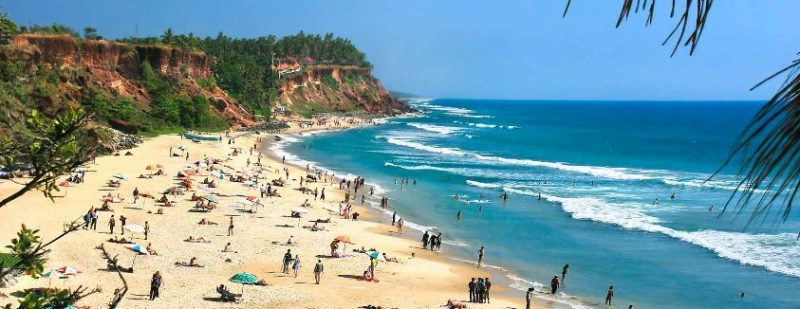
Explore Incredible Places to Visit in Varkala, Kerala: A Guide
Are you ready for an adventure? Varkala in Kerala is waiting for you! Discover the magic of this beautiful place with our guide to the best places to visit. From
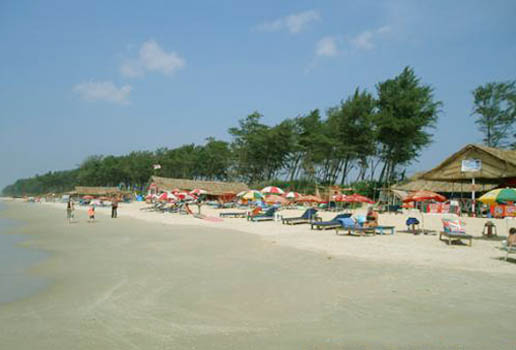
Explore Panaji, Goa: Discover the Best Places to Visit in the City
Ready for an adventure? Panaji, located in Goa, is packed with exciting places to visit. From ancient forts to picturesque beaches, there's never a dull moment in this lively city.
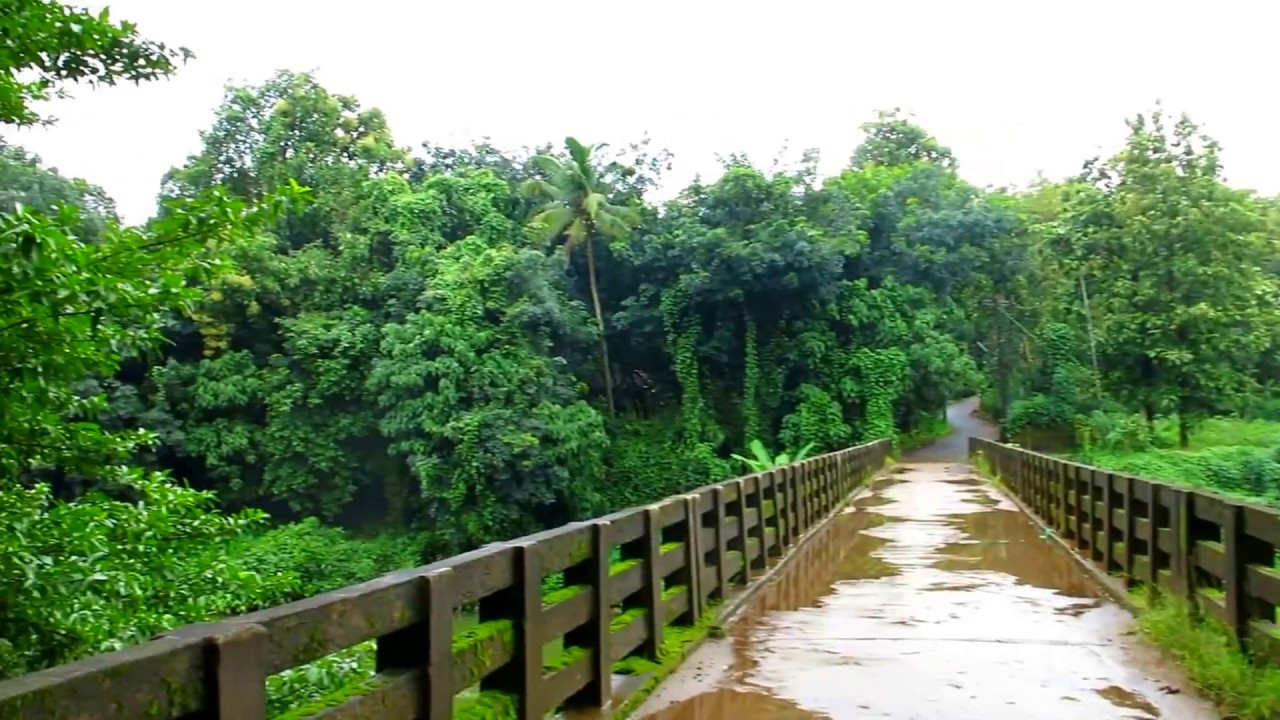
Explore the Best Places to Visit in Thrissur, Kerala – A Perfect Guide for Your Next Adventure!
Are you ready to explore Thrissur, Kerala? Get ready for an exciting journey through this vibrant city! Discover its rich history, stunning landmarks, and fascinating culture. With our guide to
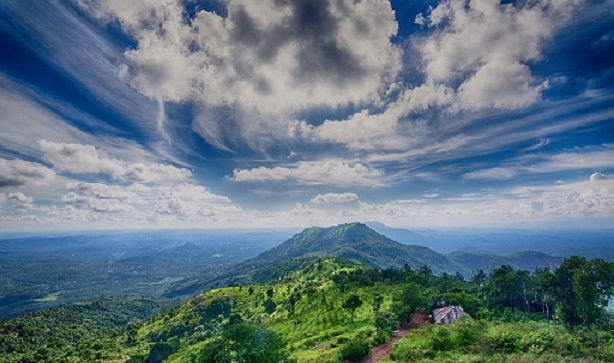
Explore the Best Places to Visit in Malappuram, Kerala - A Traveler's Guide
Dive into the beauty of Malappuram, Kerala with our ultimate travel guide! From picturesque beaches to fascinating historical sites, explore the best places to visit in Malappuram Kerala. Whether you're
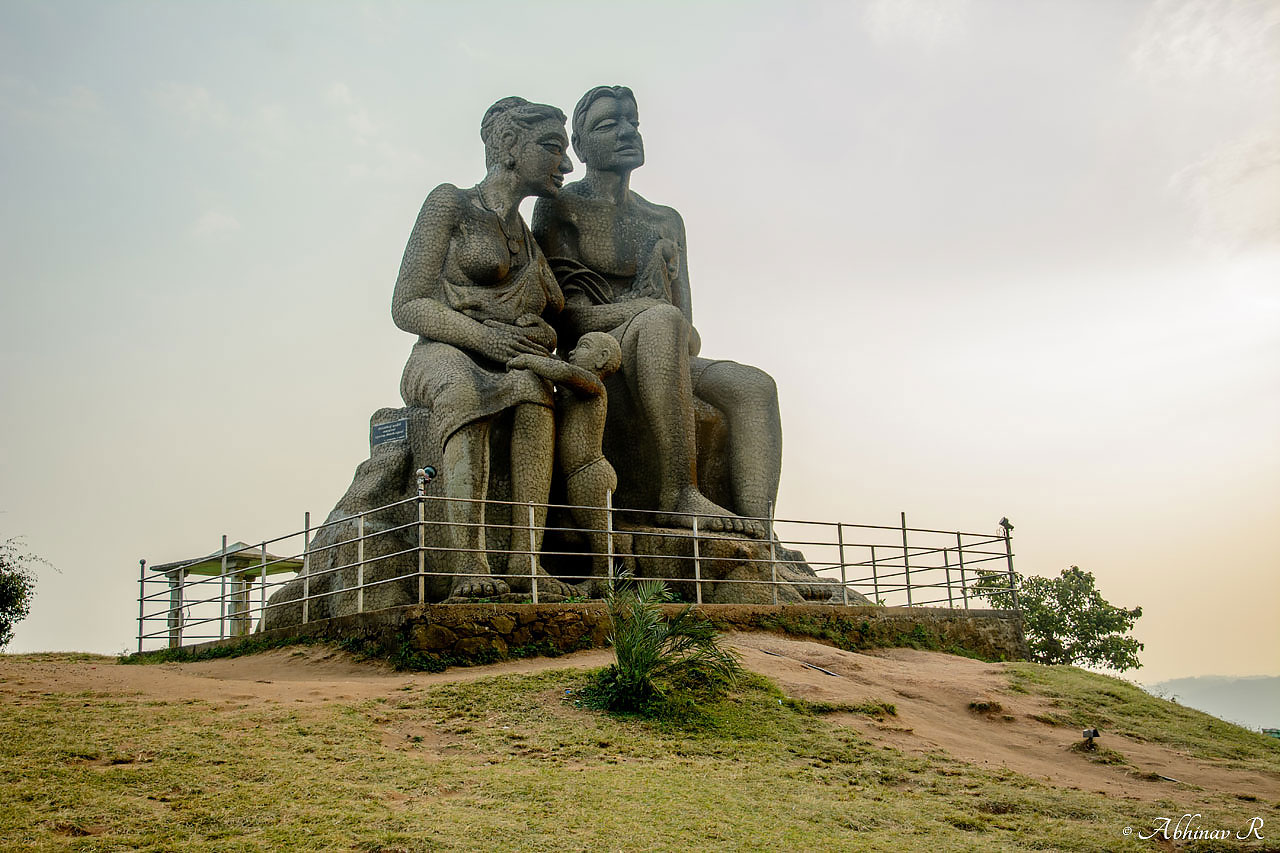
Explore the Best Places to Visit in Idukki, Kerala - A Traveler's Guide
Discover the mesmerizing beauty of Idukki, Kerala with our guide to the best places to visit. From breathtaking landscapes to serene lakes, explore the charm of this enchanting destination. Whether



